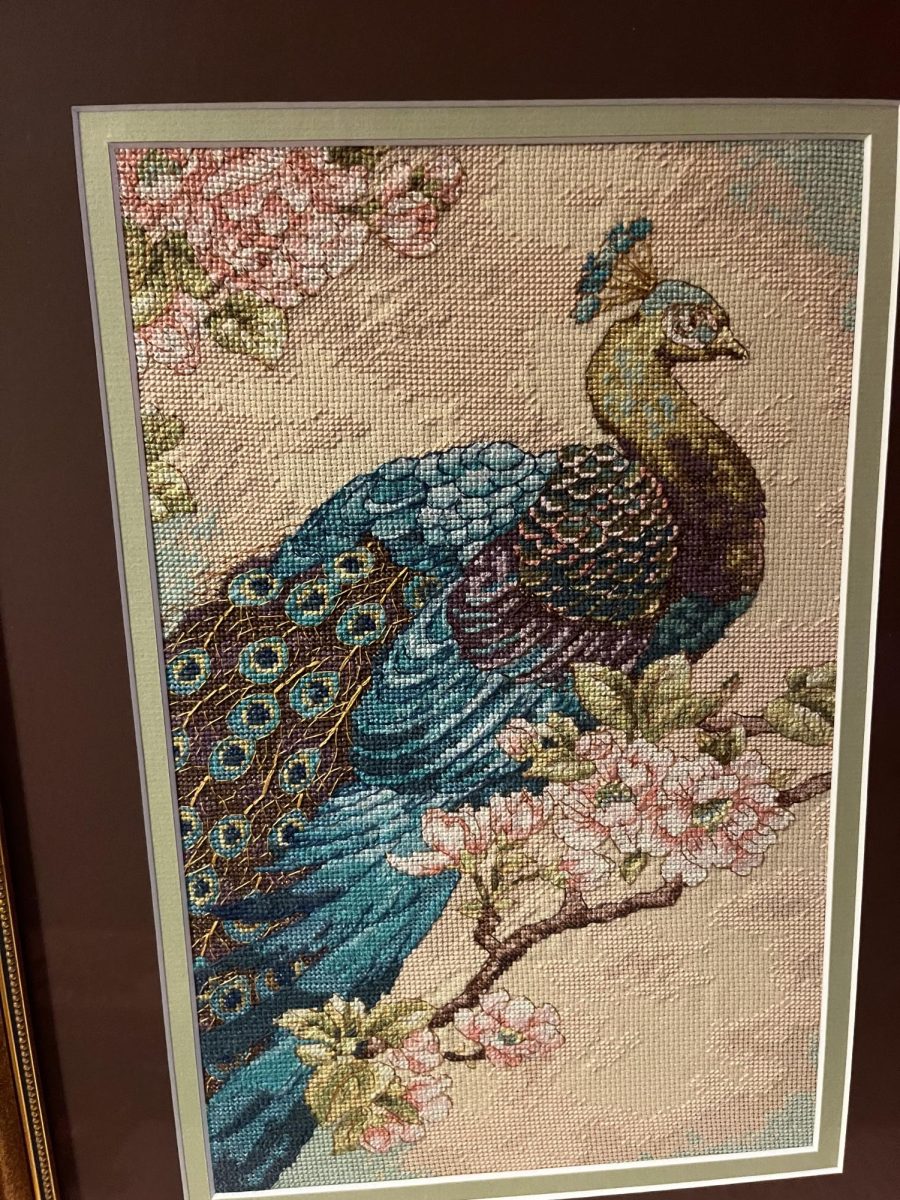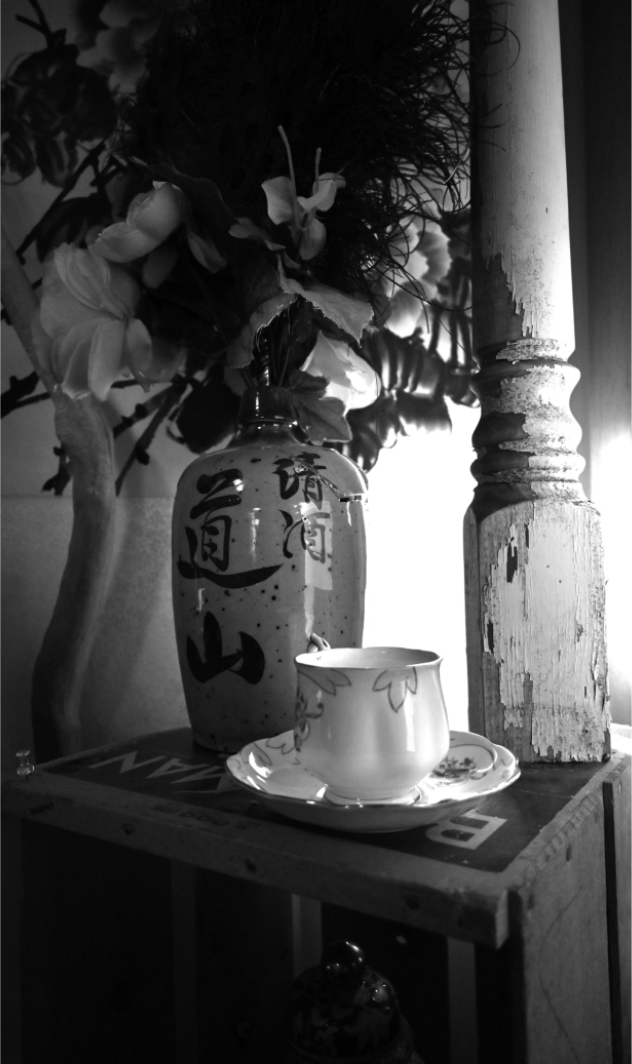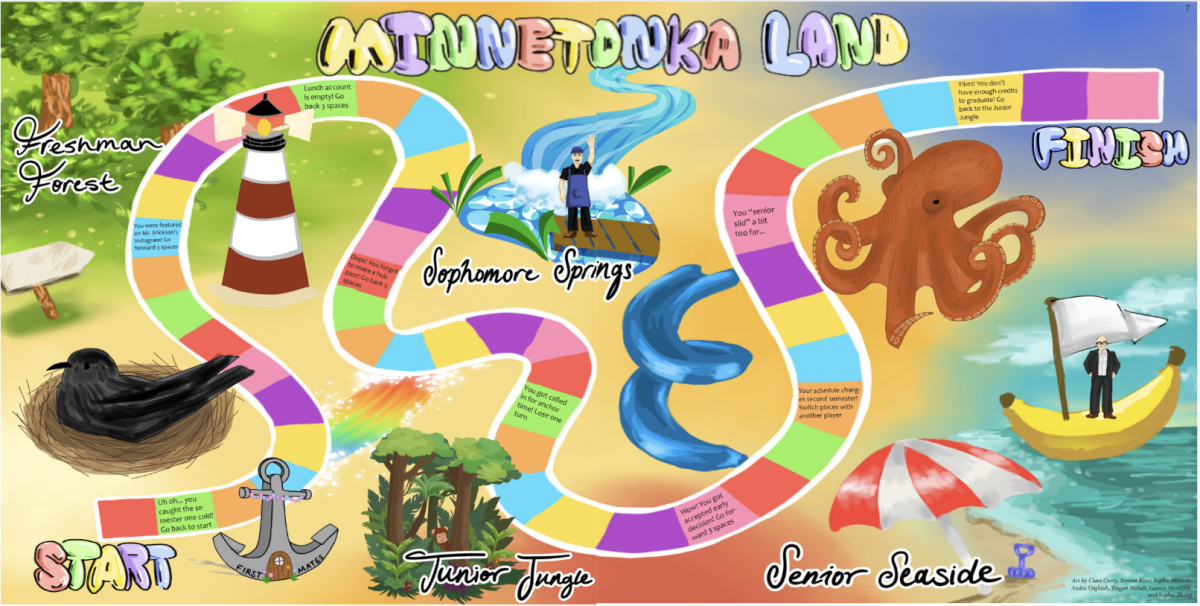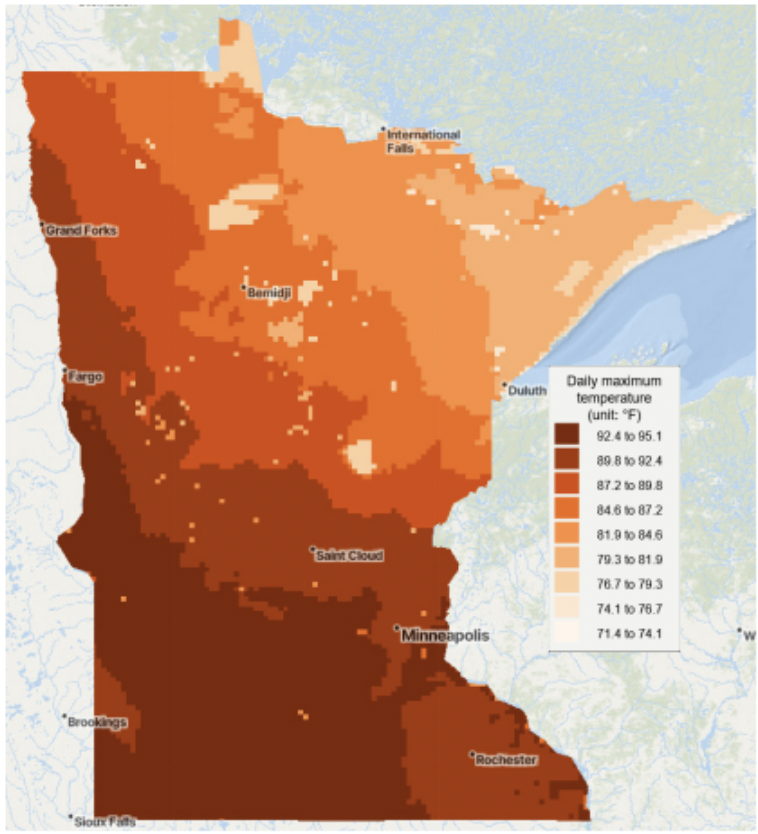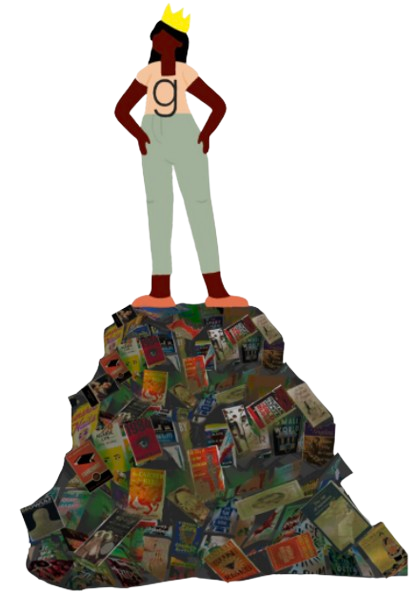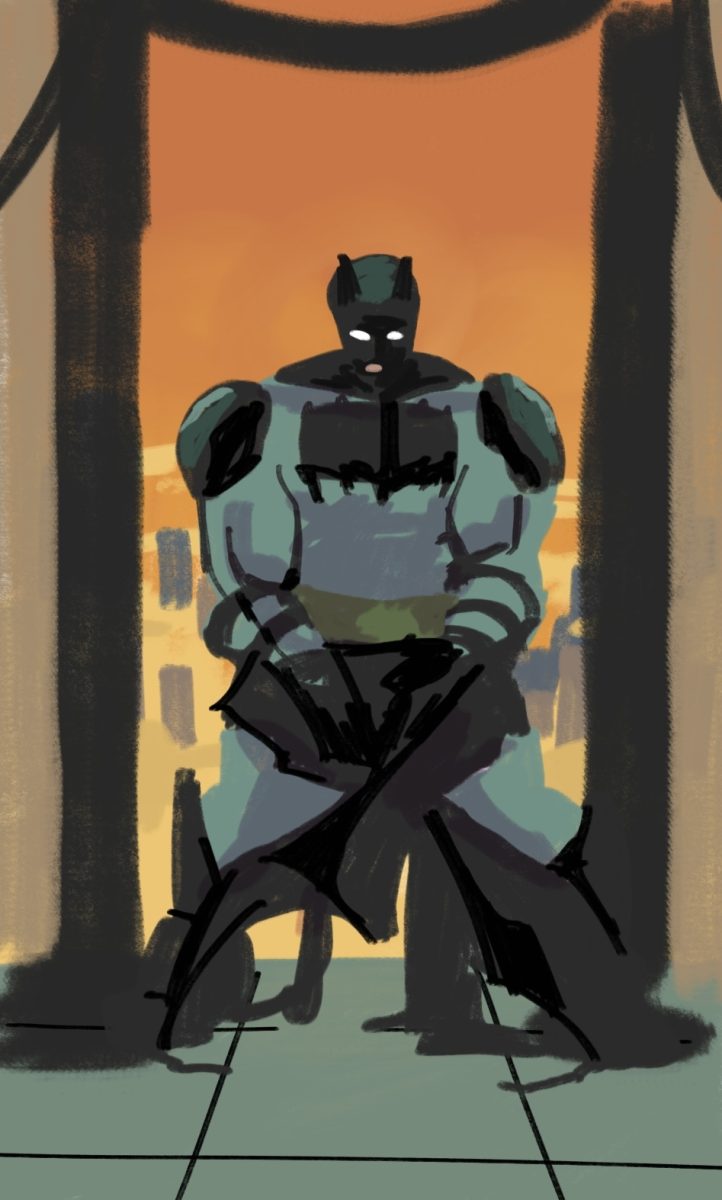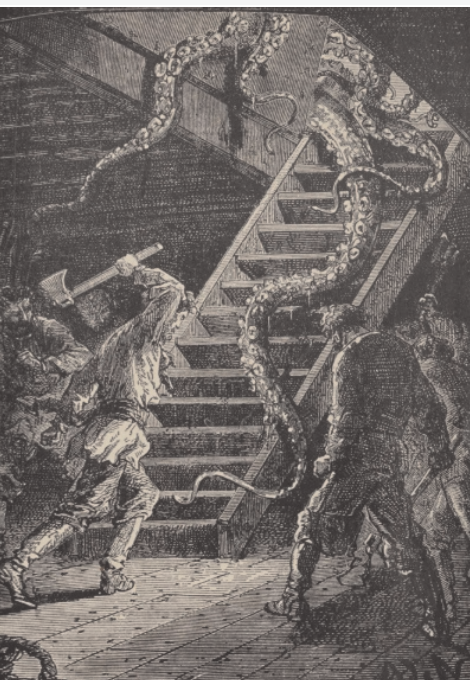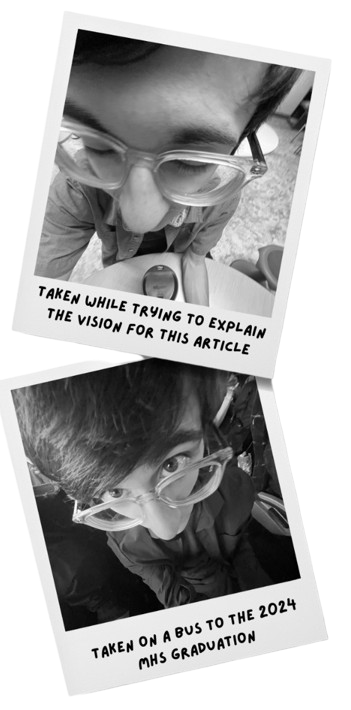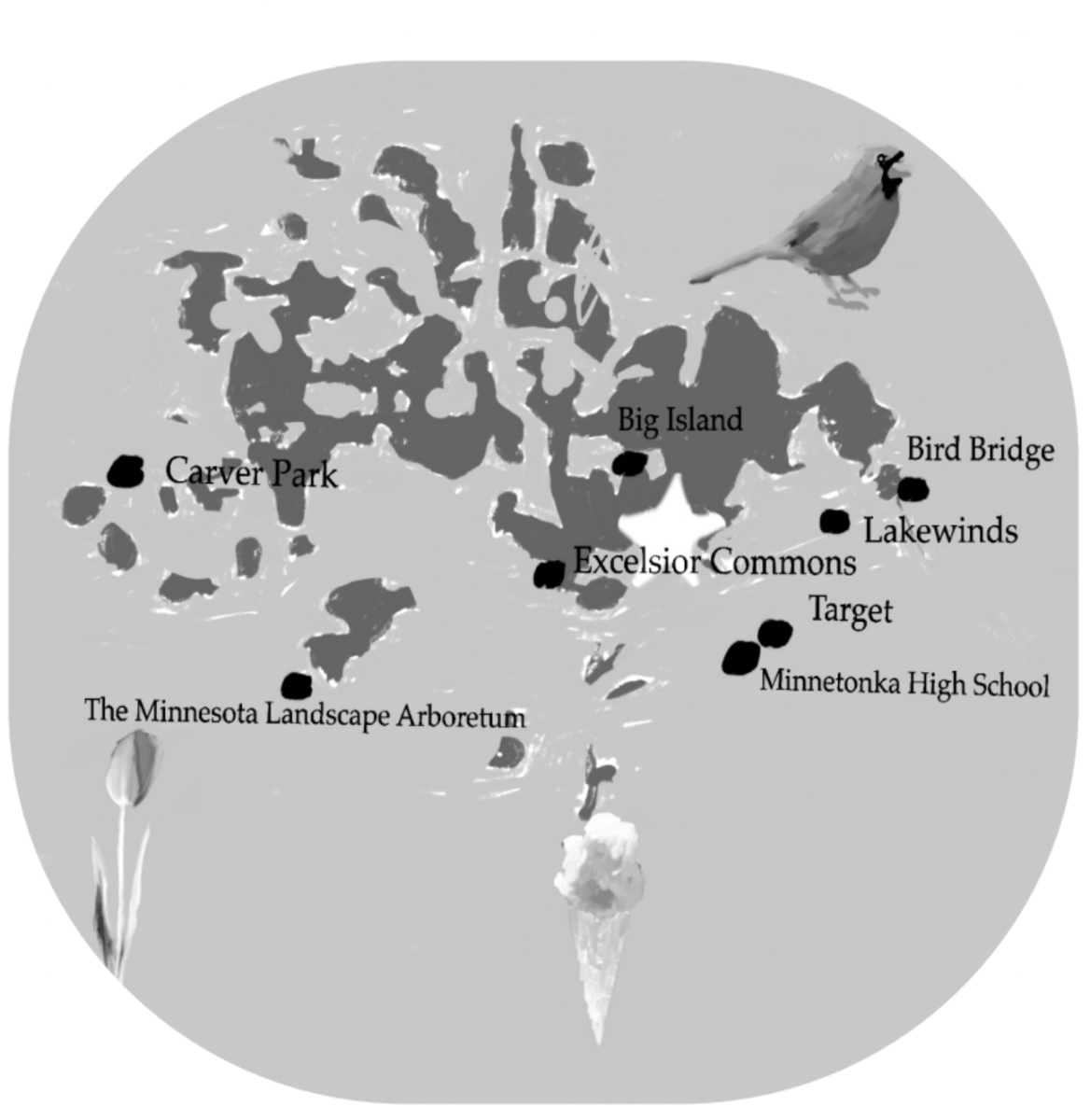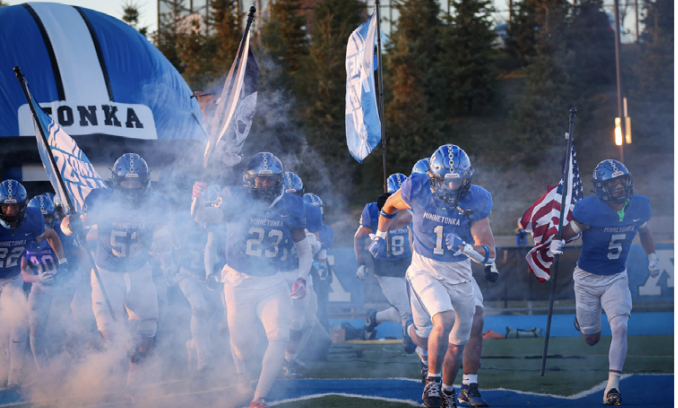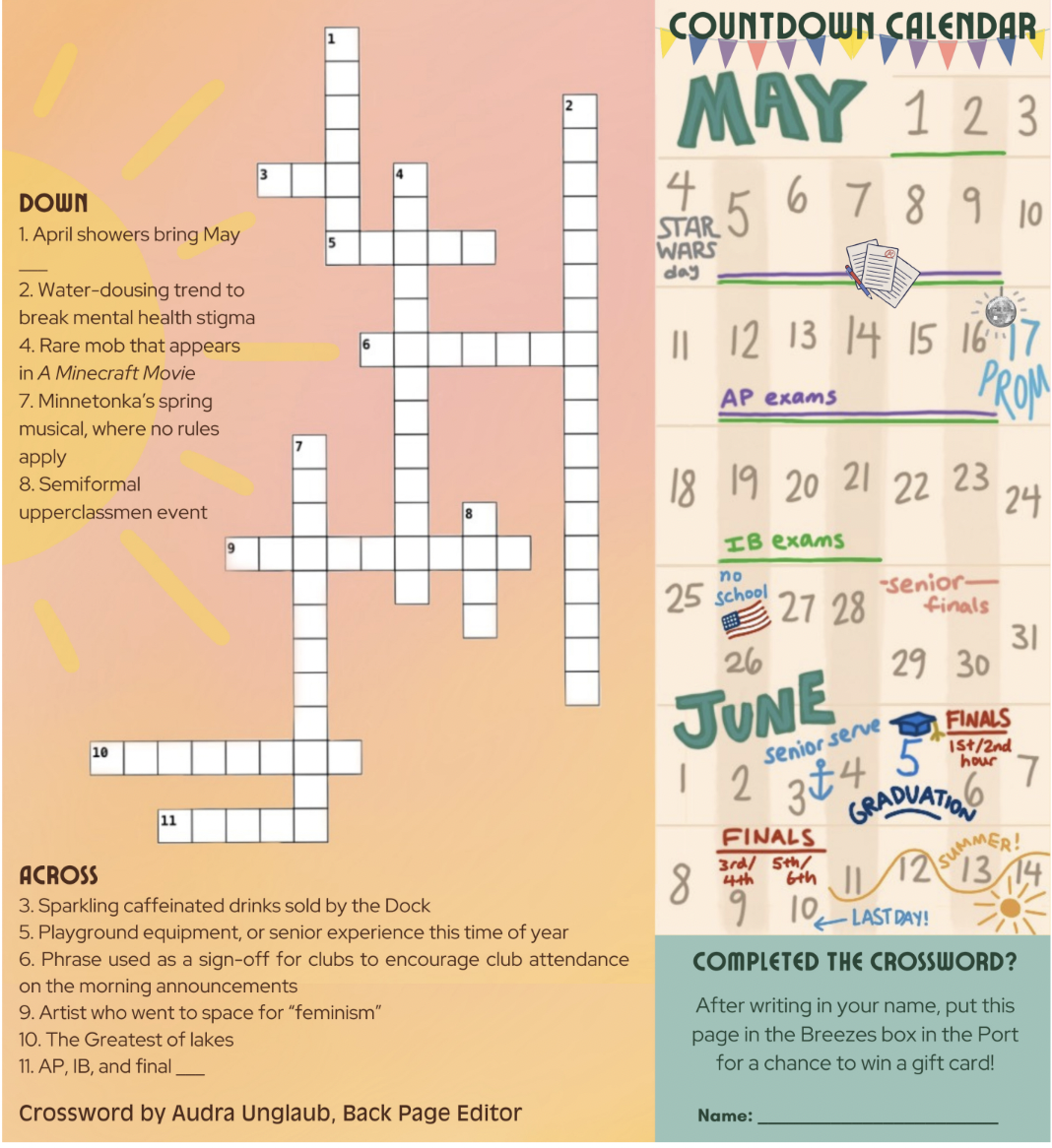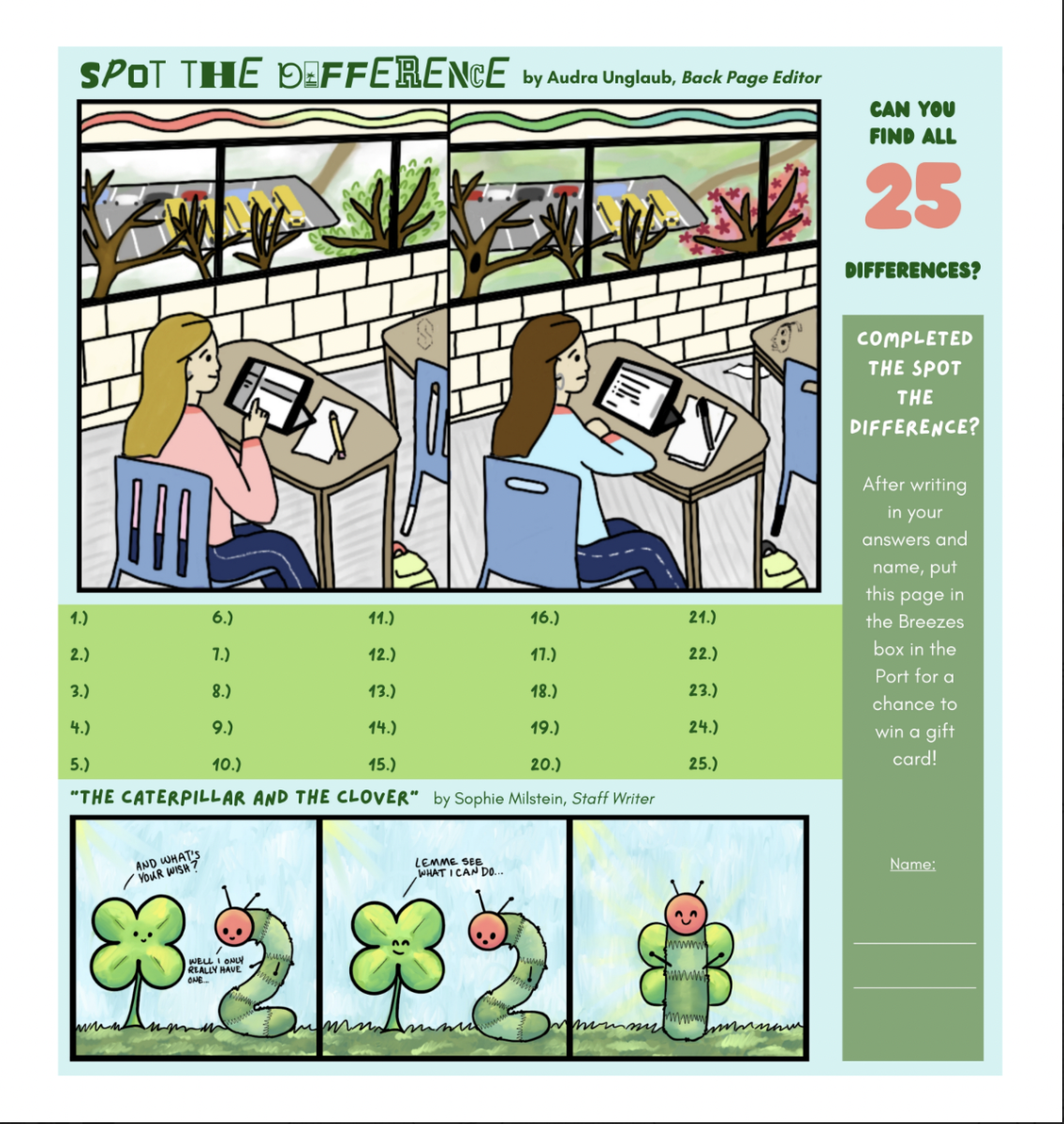What You Need to Know about Disney’s Raya and the Last Dragon and its Significance Amidst an Influx of Anti-Asian American Violence
March 19, 2021
What You Need to Know about Disney’s Raya and the Last Dragon and its Significance Amidst an Influx of Anti-Asian American Violence
The ambitious newest addition to Disney’s prolific repertoire, Raya and the Last Dragon has made history as the first Disney film to feature Southeast Asian characters and culture. With a star-studded cast including Kelly Marie Tran (Raya), Awkwafina (Sisu), Gemma Chan (Naamari), Daniel Dae Kim (Chief Benja), Sandra Oh (Virana), as well as many more well-established Asian actors and actresses, the movie achieves Asian representation on and off the screen.
The fictional setting of the film, Kumandra, is loosely based on Southeast Asian countries including Cambodia, Laos, Thailand, Vietnam, Singapore, Indonesia, and the Philippines. Raya and the Last Dragon skillfully weaves together fantasy elements–such as a terrible plague (the Druun) born of human discord, colorful water dragons, and a magical gem with real-world messages and motifs, such as trust, community, and hope. As audiences follow the rich and gripping plotline, they witness both heartwarming and heart wrenching moments as the characters struggle to set aside their differences while pursuing what they ultimately discover to be the same goal.
The public reception to the film in addition to my personal experience as a viewer was largely positive. Reviewers raved about the compelling voice acting, fast-paced storyline and integration of broadly South Asian cultural elements. The visuals of the movie were outstanding, with lush, vibrant scenes of forests, mountains, deserts, rivers, cities, bustling marketplaces, and fantastically ornate Southeast Asian-inspired architecture. Each character was richly brought to life through their appearances, mannerisms and vivid personalities.
Matt Chang, a writer for the Los Angeles Times, pointed out “the pleasing range of faces, skin tones, and body types on display”, as well as “the specific pan-Asian detailsーa bowl of shrimp congee, a price paid in jade pieces” as particularly compelling Southeast Asian cultural elements that appear in the film.
The film brought a sense of cultural familiarity for Asian viewers, and at the same time built a fantastical world that all viewers could enjoy.
Chang also noted how, “women rule, literally and figuratively, in Raya and the Last Dragon”, with three capable women in the leading roles of Raya, Sisu, and Naamari.
Premiering in theatres and Disney Plus Premier Access on March 5, 2021, Raya and the Last Dragon was released during a surge of anti-Asian American violence in the US.
In his article for The New Yorker, Hua Hsu attributed much of the recent violence, “verbal confrontations and fights, knifings, even an acid attack”, to former president Donald Trump’s anti-Asian rhetoric regarding the coronavirus pandemic.
In late January, for example, an 84-year-old Thai man named Vicha Ratanapakdee was assaulted as he walked down a street in San Francisco and died days later. The video of this attack went viral, as well as a video of a 91-year-old man in Oakland, California’s Chinatown being shoved to the ground. These issues made national media coverage, but the attacks persisted.
Hsu wrote of more incidents, such as “a Filipino-American man’s face was slashed in New York; a Korean-American man was beaten in Los Angeles’s Koreatown while assailants shouted slurs at him…a 52-year-old Asian-American woman [was] shoved to the ground in Flushing, Queens.”
“All of us have seen these attacks happening over and over and over… you do get to that place sometimes where you feel, ‘Oh, this is a very broken world,’” said Kelly Marie Tran, the actress who voiced Raya.
This past year has buzzed with race-related tension and being an Asian ally is more important than ever. Zhou Benson, ‘22, a member of the MHS Celebration of Diversity Club (CoD), commented on the importance of allyship.
Benson said, “It’s important to celebrate our differences and come together as one…It’s important to be an ally mainly to be there as support and to lift each other up”.
When asked about her thoughts on the Asian representation in Raya and the Last Dragon, Benson laughed and said, “The representation was awesome, I remember watching the credits and being like ‘these are… my people.’”
When discussing the impact of the film during a time in which Asians have been demonized, Daniel Dae Kim, who portrays Raya’s noble father, said, “[this film is] such a positive portrayal…it’s exposure that brings understanding and that understanding is what changes perception”.
Zhou Benson hopes that MHS clubs like CoD and Asian Student Union (ASU) can help bring awareness to these issues and educate students on being anti-racist allies.
When asked how being a member of CoD has personally affected her, Benson said, “It just puts a smile on my face, it makes me happy that there is a group of people that are willing to educate others and themselves in the process. With everything going on right now, it’s like a small community where we can be safe and nonjudgmental; we can really open up about each other’s cultures…You make friends in CoD really fast; we’re all here for the same purpose”.
If any MHS student is looking for a way to get more involved and become a more effective Asian ally, MHS Celebration of Diversity and Asian Student Union are always looking for new members from any background.
Make sure to follow the clubs on Instagram to keep up with their activity at @celebrationofdiversity and @mtka.asu. If students are interested in joining, please contact one of the leaders or DM them to express your interest.
Ultimately, all MHS students could all benefit from the central concepts in Raya and the Last Dragon: trust, collaboration, forgiveness, and unity.
Zhou synopsized, “there’s more power in coming together and acting as one, lifting each other up and supporting each other…rather than being divided.”

